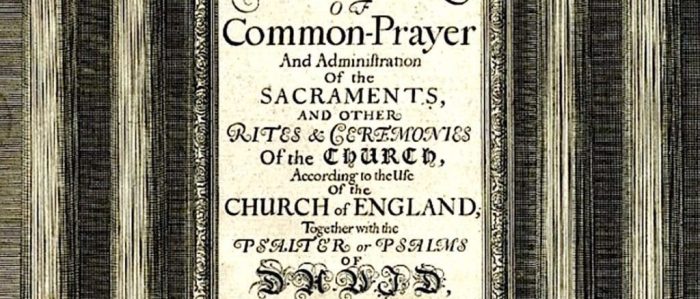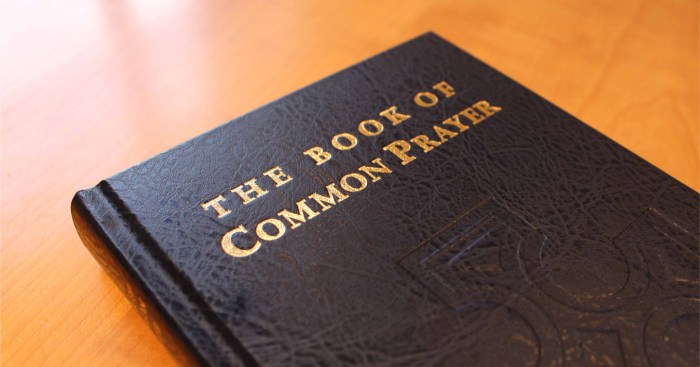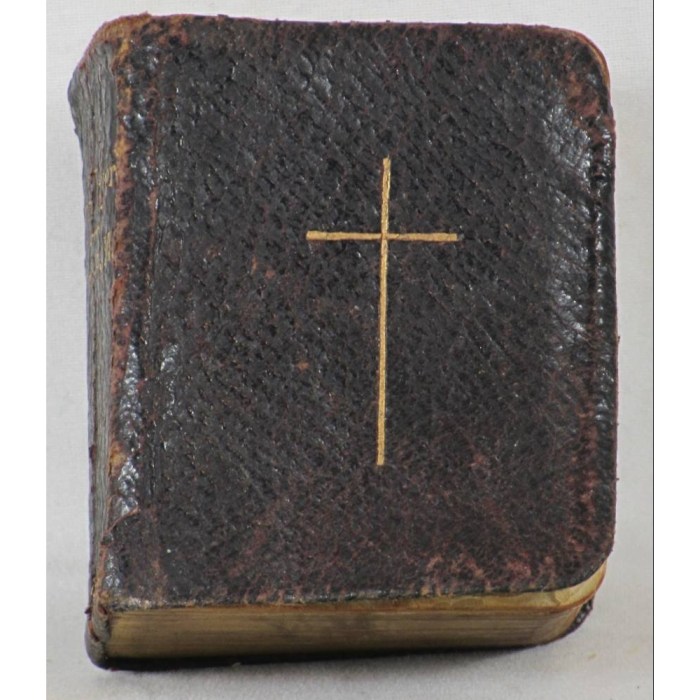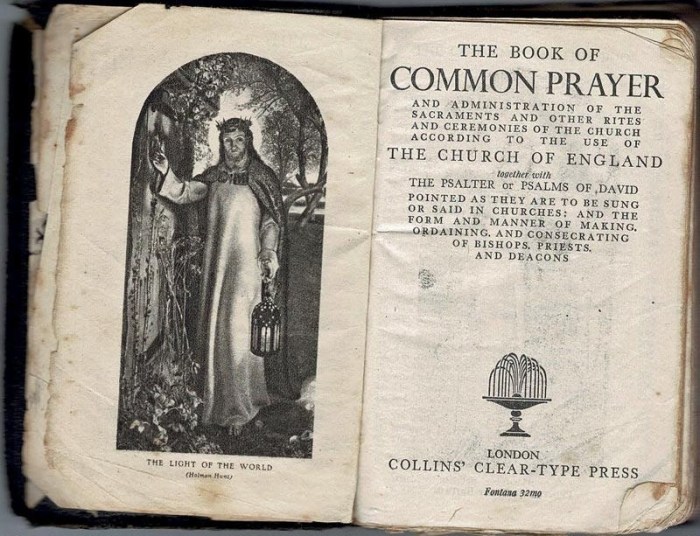Book of common prayer ap euro – Embark on an intriguing exploration of the Book of Common Prayer, a seminal work that has shaped religious, cultural, and social landscapes for centuries. Its influence, spanning from the heart of the English Reformation to the shores of America, unfolds as we delve into its origins, structure, and enduring legacy.
From its humble beginnings in the sixteenth century to its pivotal role in shaping religious practices, controversies, and political identities, the Book of Common Prayer emerges as a captivating tapestry woven with theological, liturgical, and societal threads.
Origins and History of the Book of Common Prayer

The Book of Common Prayer emerged as a pivotal text in the English Reformation, marking a significant departure from Catholic liturgical practices. Its origins can be traced to the reign of King Henry VIII, who sought to establish an independent English Church.
The first edition of the Book of Common Prayer was published in 1549, compiled by Archbishop Thomas Cranmer. This edition incorporated elements from traditional Catholic liturgies, while also introducing Protestant doctrines and simplifying language. Subsequent editions followed, including the 1552 and 1559 versions, which further refined the text and cemented its role in the Anglican Church.
Impact on English Religious and Cultural Life
The Book of Common Prayer profoundly influenced English religious and cultural life. Its standardized liturgies and prayers fostered a sense of unity and cohesion within the Anglican community. The book’s accessible language and familiar rituals made it a cornerstone of daily life, shaping religious practices and beliefs.
Moreover, the Book of Common Prayer played a significant role in shaping English literature and language. Its elegant prose and rhythmic cadences influenced the works of renowned authors such as William Shakespeare and John Milton. The book’s widespread use also contributed to the standardization of the English language.
Structure and Contents of the Book of Common Prayer

The Book of Common Prayer (BCP) is organized into a logical and comprehensive structure, reflecting the liturgical and theological principles of the Anglican tradition. It consists of various sections, each serving a specific purpose in the liturgical life of the church.
The Daily Offices
The Daily Offices are a collection of prayers and readings designed for daily use. They include:
- Morning Prayer
- Evening Prayer
- Compline
These offices provide a structured framework for personal and communal worship, fostering a daily connection with God.
Holy Communion
Holy Communion, also known as the Eucharist or Lord’s Supper, is the central sacrament of the Anglican Church. The BCP provides detailed instructions for the celebration of this sacrament, including:
- The Order for the Administration of Holy Communion
- The Canon of Holy Communion
Holy Communion is a time for remembrance, thanksgiving, and spiritual nourishment.
Occasional Offices
The Occasional Offices are a collection of services designed for specific occasions or events in the life of the church. They include:
- Baptism
- Confirmation
- Marriage
- Burial
These offices provide liturgical resources for significant moments in the lives of individuals and the community.
Theological and Liturgical Principles
The contents of the BCP are guided by the theological and liturgical principles of the Anglican tradition. These include:
- The importance of Scripture
- The emphasis on tradition
- The role of reason
- The balance between liturgy and personal devotion
These principles shape the language, structure, and content of the BCP, reflecting the Anglican commitment to both tradition and innovation.
The Book of Common Prayer and Religious Practice

The Book of Common Prayer played a pivotal role in shaping religious practices in England and beyond. It standardized liturgy, unified religious observance, and influenced personal devotion, public worship, and church governance.
Influence on Personal Devotion
- Provided a common framework for daily prayers and devotional practices, fostering a sense of community and shared experience among believers.
- Included prayers, collects, and readings tailored to specific occasions and needs, offering spiritual guidance and support to individuals.
- Encouraged personal meditation and reflection through prescribed readings and prayers, promoting a deeper understanding of faith.
Impact on Public Worship
- Established a uniform order of service for all churches, ensuring consistency and orderliness in public worship.
- Prescribed specific prayers, hymns, and readings for different occasions, creating a shared experience for congregations.
- Promoted congregational participation through responsive readings and prayers, fostering a sense of active involvement.
Role in Church Governance, Book of common prayer ap euro
- Provided a framework for the organization and governance of the Church of England, establishing roles and responsibilities for clergy and laity.
- Included rubrics and canons that regulated church practices, ensuring conformity and discipline.
- Served as a symbol of unity and authority, representing the official doctrine and practices of the Church of England.
Controversies and Debates
The use of the Book of Common Prayer sparked controversies and debates in different religious contexts:
- Puritan objections:Puritans argued that the Book of Common Prayer was too elaborate and contained remnants of Catholic practices, leading to a desire for further reform.
- Catholic opposition:Catholics rejected the Book of Common Prayer as a break from traditional Catholic liturgy and doctrine.
- Political disputes:The use of the Book of Common Prayer became a political issue, with its adoption or rejection often tied to religious and political affiliations.
The Book of Common Prayer and Social and Political Life

The Book of Common Prayer exerted a profound influence on social and political life in England and beyond. It reflected and shaped ideas about gender, class, and social hierarchy, while also playing a pivotal role in shaping political and religious identities.
Gender
The Book of Common Prayer reinforced traditional gender roles, with women depicted as subordinate to men. Prayers for women focused on their domestic duties and obedience to their husbands, while men were portrayed as leaders and protectors. This gendered perspective permeated all aspects of society, influencing education, employment, and legal rights.
Class
The Book of Common Prayer reflected and reinforced the class structure of society. The language and rituals were designed to emphasize the authority of the ruling class and the obedience of the lower classes. Prayers for the king and nobility placed them above the common people, while prayers for the poor and sick emphasized their dependence on the wealthy.
Social Hierarchy
The Book of Common Prayer served as a tool for maintaining social hierarchy. It provided a framework for social interactions, with clear rules and expectations for different classes. The emphasis on obedience and respect for authority reinforced the existing social order, discouraging any challenges to the established hierarchy.
Political and Religious Identities
The Book of Common Prayer played a crucial role in shaping political and religious identities. It became a symbol of English national identity, distinguishing England from Catholic Europe. The use of the Book of Common Prayer in worship and education fostered a sense of unity and belonging among English subjects.
It also reinforced the close connection between the monarchy and the Church of England, with the king serving as the supreme governor of the church.
The Book of Common Prayer, an essential text in AP Euro, is a great resource for understanding the religious landscape of early modern Europe. For further context on the global impact of religion, check out AP World History Unit 2 vocab . This resource provides an in-depth look at the role of religion in shaping world history, complementing your understanding of the Book of Common Prayer’s significance in the European context.
The Book of Common Prayer in the American Context

The Book of Common Prayer, first compiled in England in 1549, played a significant role in the religious and cultural development of the American colonies and the United States. This document served as a cornerstone of Anglican worship and shaped the spiritual and social fabric of American society.
History of the Book of Common Prayer in the American Colonies
The Book of Common Prayer was brought to the American colonies by English settlers in the 17th century. It became the official liturgy of the Church of England in the colonies and was widely used in both public and private worship.
However, as the colonies grew and developed their own distinct religious and cultural identities, adaptations and revisions were made to the Book of Common Prayer to reflect the unique circumstances of American society.
- The First American Prayer Book (1789):In the aftermath of the American Revolution, the newly independent United States sought to establish its own religious institutions. In 1789, the Protestant Episcopal Church in the United States of America adopted the first American Prayer Book, which retained much of the traditional structure and content of the English Book of Common Prayer while incorporating some American-specific revisions.
- The Second American Prayer Book (1892):In the late 19th century, the Protestant Episcopal Church underwent a period of liturgical revision and reform. The result was the Second American Prayer Book, which introduced significant changes to the language, structure, and content of the liturgy. These changes reflected the growing influence of the Oxford Movement and the desire to restore a more traditional and Catholic character to Anglican worship.
The Book of Common Prayer and American Religious and Cultural Identity
The Book of Common Prayer has played a pivotal role in the development of American religious and cultural identity. Its language and imagery have become deeply embedded in the American psyche, shaping the way Americans think about God, worship, and their place in the world.
The Book of Common Prayer has also been a source of inspiration for American literature, music, and art.
The Book of Common Prayer has also been a source of controversy and division within American society. In the 20th century, the Protestant Episcopal Church underwent a period of theological and liturgical renewal, which led to the development of new and more inclusive language in the Book of Common Prayer.
These changes were met with resistance from some traditionalists, who argued that they undermined the integrity and authority of the liturgy.
Despite these controversies, the Book of Common Prayer remains a vital part of American religious and cultural life. It continues to be used by millions of Anglicans and Episcopalians in the United States, and its influence can be seen in a wide range of American institutions and traditions.
Quick FAQs: Book Of Common Prayer Ap Euro
What is the significance of the Book of Common Prayer?
The Book of Common Prayer holds immense significance as a liturgical guide that has shaped religious practices, influenced personal devotion, and played a central role in shaping religious and cultural identities.
How has the Book of Common Prayer evolved over time?
The Book of Common Prayer has undergone numerous revisions and adaptations throughout history, reflecting changing theological perspectives, cultural contexts, and the evolving needs of religious communities.
What is the structure and organization of the Book of Common Prayer?
The Book of Common Prayer is structured into various sections, including the Daily Offices, Holy Communion, and Occasional Offices, each with its own unique purpose and theological significance.
